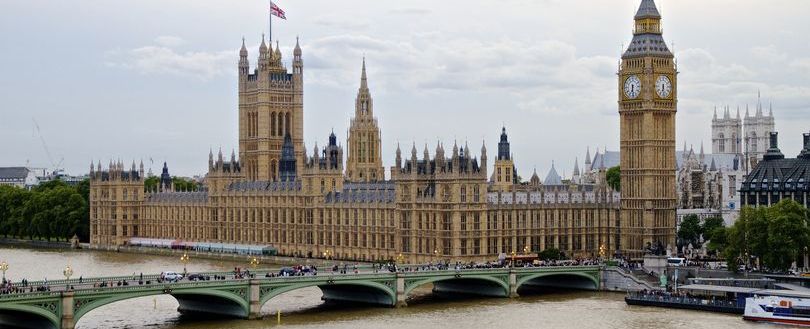
Understanding Battery Energy Storage Systems (BESS)
Like it? Share it!
10 June 2025
Battery Energy Storage Systems (BESSs) are designed to store electricity using batteries, such as lithium-ion types, when supply outstrips demand. This stored electricity can then be released when needed. As such, BESSs play a vital role in “the replacement of fossil fuels with renewable energy”.
Role in Reaching Net Zero
The UK government has committed to cutting greenhouse gas emissions by 100% by 2050, compared to 1990 levels, a goal known as the ‘net zero target’. To help achieve this, it aims to deliver “clean power by 2030”, which means “being on track to achieving at least 95% of low carbon generation by 2030”.
Wind and solar energy, which are key renewable sources, rely on the weather, meaning their output isn’t always aligned with consumer demand. Unlike fossil fuels or nuclear, they can’t be adjusted on demand. To build a low-carbon electricity system, we need technologies like energy storage that can manage these variations in supply and demand.
According to the government’s Clean Power Action Plan, between 23 and 27 gigawatts (GW) of battery storage capacity will be needed by 2030 — a significant increase from 4.5 GW in 2024.
Permissions for Installing BESSs
Large-scale BESS installations require planning permission, but since planning is devolved, rules vary across the UK.
In England and Wales, local planning authorities decide on BESS proposals, regardless of capacity. In Scotland and Northern Ireland, approval depends on the system’s storage capacity and may come from either ministers or the local planning authority.
In addition, a BESS may need a generating licence based on its capacity. In Great Britain, these licences are issued by Ofgem, while in Northern Ireland, they come from the Utility Regulator.
Safety Concerns
While incidents involving BESSs are uncommon, a widely noted concern is the fire risk posed by lithium-ion batteries (PDF). These can ignite through a process known as “thermal runaway”, which can happen if the battery is damaged.
Research and development have improved understanding of thermal runaway, leading to safer, more fire-resistant battery designs. BESS installations can also be equipped with fire suppression systems and other safety features.
There isn’t a central, reliable source recording BESS fire incidents in the UK or abroad. However, two known UK incidents include a fire at a Liverpool BESS site in September 2020 (PDF) and another during construction in Essex in February 2025.
Safety Regulations
No legislation specifically targets BESS safety. However, individual batteries may be subject to product safety rules, especially when using second-life batteries. At the grid scale, facilities must comply with broader fire safety and health and safety legislation.
In April 2024, the government issued updated guidance on the health and safety aspects of grid-scale electrical energy storage. The Health and Safety Executive also maintains a dedicated webpage on BESS regulations.
In August 2023, the government released planning guidance emphasising a “robust regulatory framework” for BESSs. It recommended that developers and planning authorities in England consult local fire and rescue services when drawing up or reviewing planning applications.
Obstacles to BESS Deployment
The Commons Business and Trade Select Committee has flagged the UK’s “insufficient domestic manufacturing capacity” for batteries. Meanwhile, the Commons Foreign Affairs Select Committee highlighted the UK’s heavy reliance on imported critical minerals like lithium.
To tackle these issues, the government published a UK battery strategy in November 2023 and a critical minerals strategy in July 2022. The Labour Government intends to introduce a new critical minerals strategy in 2025.
Beyond supply chain issues, other hurdles for BESS and similar energy storage technologies include high upfront investment, unpredictable revenue, and delays in connecting to the electricity grid.
To support investment, the government and Ofgem are rolling out a ‘cap and floor’ revenue scheme for long-duration electricity storage (LDES), including BESSs. This will guarantee a minimum income (the floor) and set a maximum (the cap) to give investors more certainty. Ofgem expects to approve the initial set of projects by the second quarter of 2026.
Download full report.
View the source.
Our eNews provides regular insight into industry trends, news headlines, and product and service information. For more articles like this Subscribe to our enews.
Related news
Related resources
-
Passenger Service Vehicle - Guidance Note
05 September 2023
